Feeding cucumbers with kefir
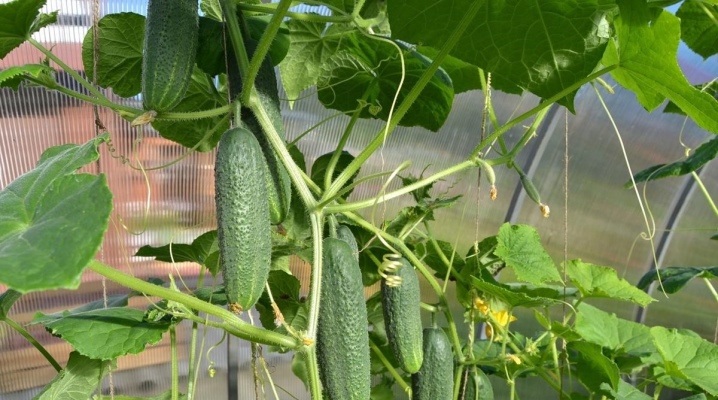
Today, gardeners use a wide variety of fertilizers for their vegetable crops. Compositions with the addition of kefir are considered a popular option. Such solutions allow you to saturate the vegetation with many beneficial nutrients. Today we will talk about how to prepare such a composition for cucumbers, as well as how to use it correctly.
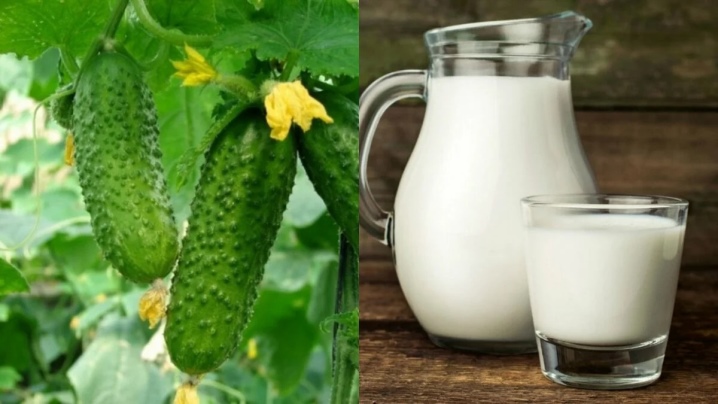
Benefit and harm
Kefir dressings can bring a lot of benefits to such a vegetable crop:
- provide reliable protection of fruits from various diseases and harmful insects;
- prevent the appearance of fungal formations;
- provide stimulation of plant growth;
- increase the level of productivity;
- strengthen the immune system of cucumbers;
- reduce the number of barren flowers;
- promote soil fertility due to the high content of useful amino acids, lactose, proteins, carbohydrates, fats, chemical components (calcium, selenium, iron and sodium).
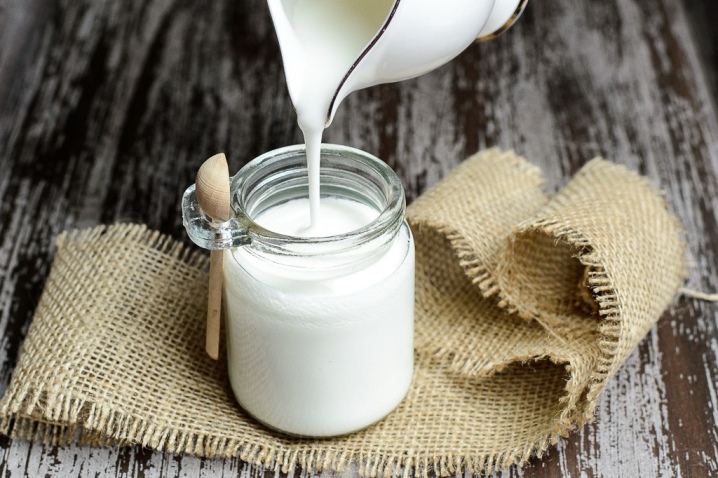
But before using such a fertilizer, it is worth remembering that it also has disadvantages. First of all, the effect of the use of this fermented milk liquid will not last long. In addition, it is worth diluting the solution strictly in certain proportions, otherwise the effect will be the opposite.
How to prepare the solution?
In order for the finished fermented milk dressing to have a positive effect, it should be prepared correctly. There are several options for preparing such a fertilizer.
- Biostimulant. In this case, for preparation, you will need to mix two liters of kefir and one glass of sifted ash powder. Also, a few tablespoons of honey, 10 drops of iodine are added to the resulting mixture. All mixed components are sent to infuse for two days. Seeds are carefully spread into the resulting kefir mass. The same mass can be used later, diluted with a small amount of water. It can be taken for foliar feeding during the flowering period of the culture.
- For maximum activation of the compost. In this case, you will need to mix 1 cup of kefir, 0.5 packs of dry yeast, 1 tablespoon of granulated sugar.
- Natural fungicide. Such a composition is used to treat fungal diseases or to prevent their occurrence. To prepare it, you need to dilute kefir with water in a ratio of 1: 5. To increase the efficiency, additional natural ingredients should be added to the solution. Sometimes they put a little liquid soap and 20-30 drops of iodine in it.
- Insecticide. These solutions allow you to scare off pests that have settled on cucumbers. To prepare them, you need to dilute one liter of a fermented milk product with three liters of filtered water. The resulting composition treats areas that have been damaged. Between the beds, you can dig small holes and pour a little kefir into them, it is also permissible to take yogurt.
In any of the above formulations, you can add some additional substances. So, they often use liquid soap, shampoos, crushed laundry soap, hydrogen peroxide, iodine, mustard powder, dry yeast.
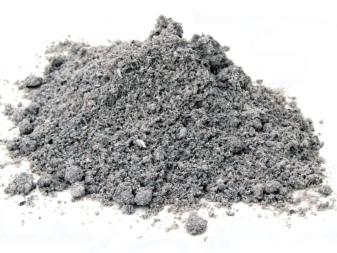
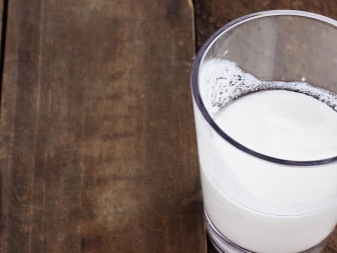
If you plan to add shampoo or soap, remember: take one tablespoon of hygiene product for a ten-liter container. Due to the use of this additive, the adhesion of the substance to the leaf blades and to the plant stem is significantly improved.
If you want to take iodine as a supplement, then you can add no more than 40 drops per ten liters of liquid. Such solutions have excellent antiseptic properties, they can increase metabolic processes in plants. In addition, iodine has a positive effect on the taste of the culture.
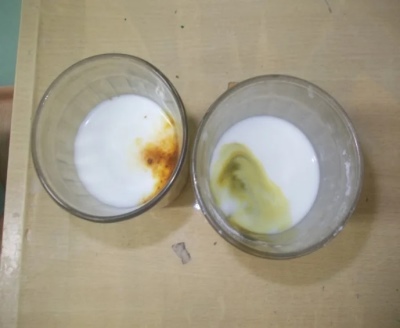
When using powdered mustard, take about 50 grams of such a product per 10 liters of liquid. The resulting mixture will have excellent antimicrobial properties. It makes it possible to destroy the pathogenic environment.
Additional substances that are taken as additives can significantly increase the immunity of vegetation. The competent use of these dressings allows you not to introduce other mineral compositions into the soil as fertilizers.
Do not forget that it is permissible to cook kefir whey only with settled or just slightly warmed up liquid. Regular use of these solutions with kefir gives a beautiful shine to the leaves, dust particles do not sit on them for a long time, in addition, they receive the nutrients necessary for growth and development and retain their elasticity.
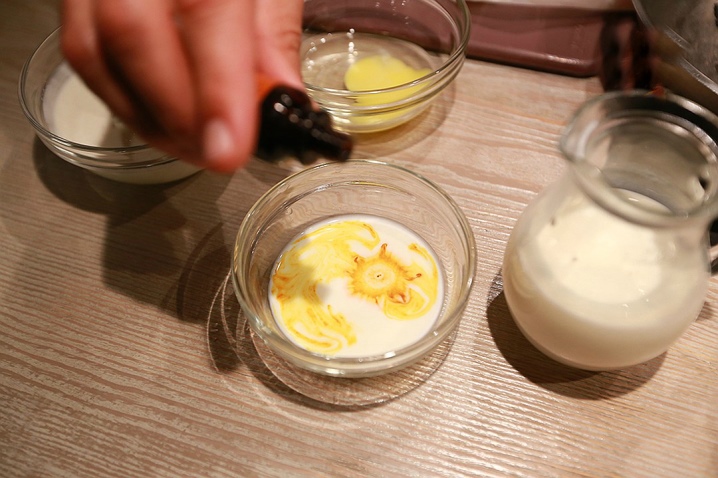
Application methods
Fermented milk solutions can be used in various ways. Let's highlight two main ones.
Watering
In this case, all vegetable crops should be watered first, and then top dressing should be applied to the moist soil. At the same time, this should be done in the root zone. Irrigation is recommended either early in the morning or in the evening so that the sun does not burn wet parts of the plant.
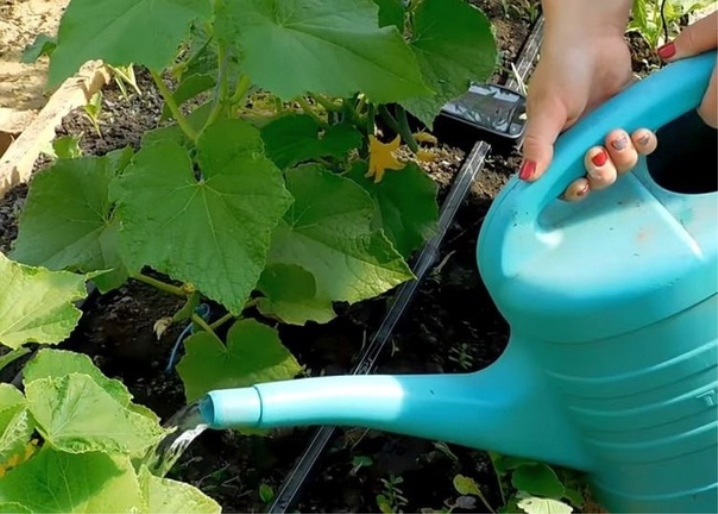
Such baits are best used at two stages of vegetation development: the initial period, when plants are transplanted into the ground, and also the growth phase, when the green mass is actively growing.
To prevent the appearance of root rot, the root section of this vegetable crop after treatment with this fermented milk fertilizer must be well shed with water.
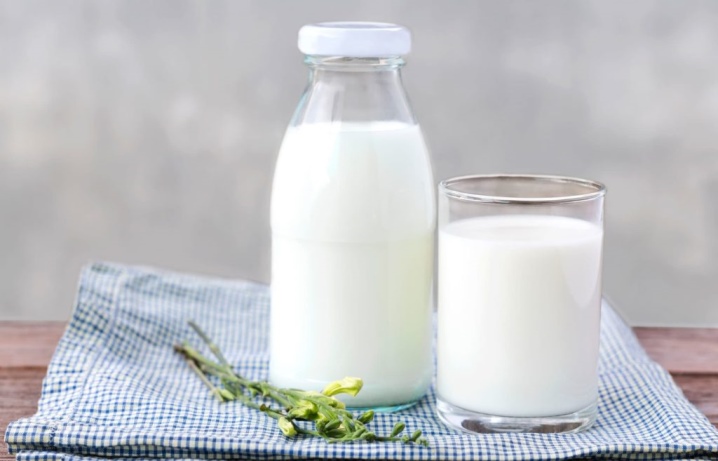
Spraying
To carry out such treatment, it is best to use spray guns, which allow you to distribute the fermented milk liquid as evenly as possible on the plants.
- The first spraying should be done 10-12 days after planting.
- The second treatment is carried out during the period when the first peduncles appear. This will protect against invasions of harmful insects, as well as significantly increase the yield.
- The third time the cucumbers are processed already during the fruit ovary.
- The last spraying is carried out already during fruiting.

After each spraying, lightly water the mulch, which is placed around each cucumber bush.
Application rules
In order for kefir fertilizers to be able to saturate such a vegetable crop with the maximum amount of useful elements, one should remember some important rules for their use.
In the greenhouse
It is worth remembering that almost all methods of caring for vegetables in a greenhouse are very different from methods of caring for vegetables that grow and develop in the open air. In greenhouse structures, its own suitable microclimate has already been formed, which must be constantly maintained and not disturbed by an excess of fertilizing. This primarily applies to a variety of serums.
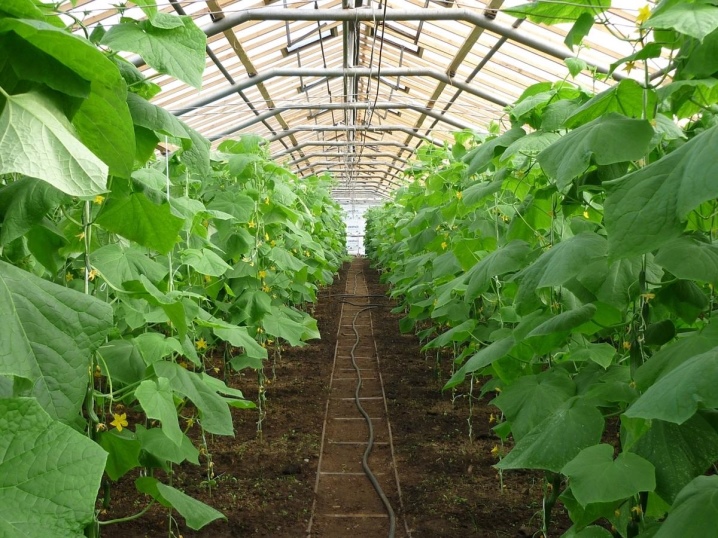
Kefir solutions have an acidic environment, so their excessive effect on the soil can lead to rapid wilting of vegetation.
It is necessary to resort to irrigation in greenhouses only when the ground is dry. This is especially true for root methods of fertilization. In the process of watering, do not allow moisture to get on the leaves of the seedlings.
Watering is recommended in the early morning. After carrying out such a procedure, it is better to ventilate the greenhouse immediately.
In the open field
In this case, it is better to alternate two methods of using kefir whey: root and foliar.To protect cucumbers from invasions of various parasites and significantly increase the growth of the culture, both methods must be used with a certain sequence (after planting, during the appearance of flowers, during the appearance of fruits and during fruiting).
In any case, the most suitable time for these treatments is July. It is during this period that vegetable crops need reliable protection against fungal infections and pests, including snails, aphids, and earwigs.
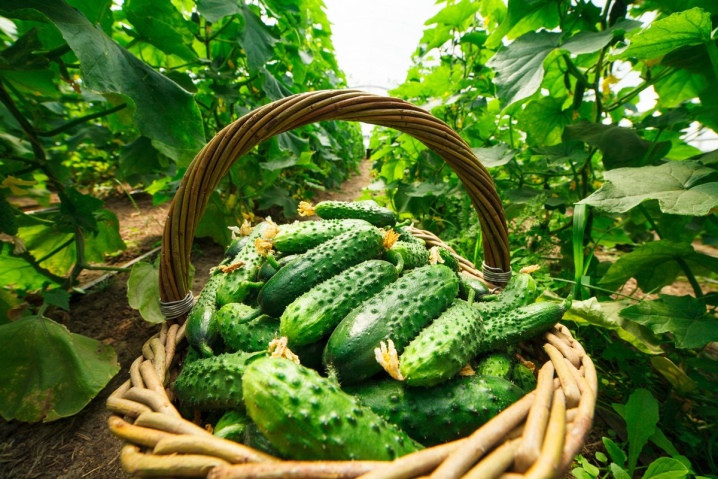
Also, in any case, it is worth considering some mistakes that many gardeners make when making kefir dressings.
So, some gardeners, in order to feed the cucumbers, use kefir or yogurt in its pure form, thinking that in this way you can achieve the most positive result. But in fact, because of this, you can provoke the appearance of burns on the stems and leaf plates. In addition, the addition of water to the composition allows beneficial elements to be absorbed into the soil much faster and easier.
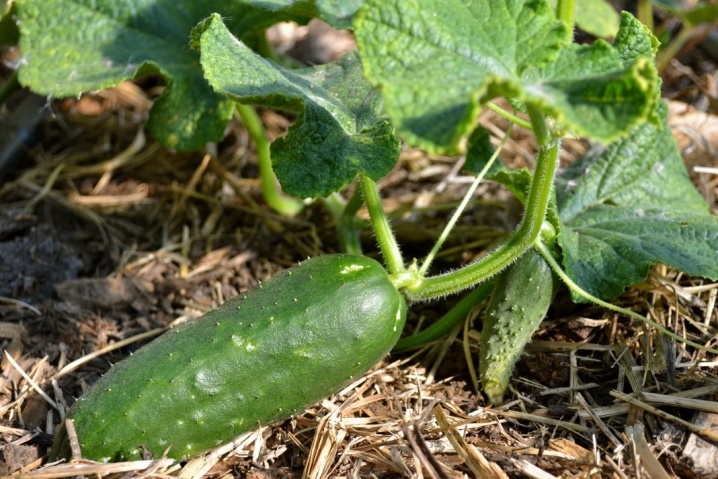
Quite often, kefir serums are used as effective preventive measures, since they are able to prevent a variety of diseases of such plants in the garden.
How to feed cucumbers with kefir, see the video below.













The comment was sent successfully.